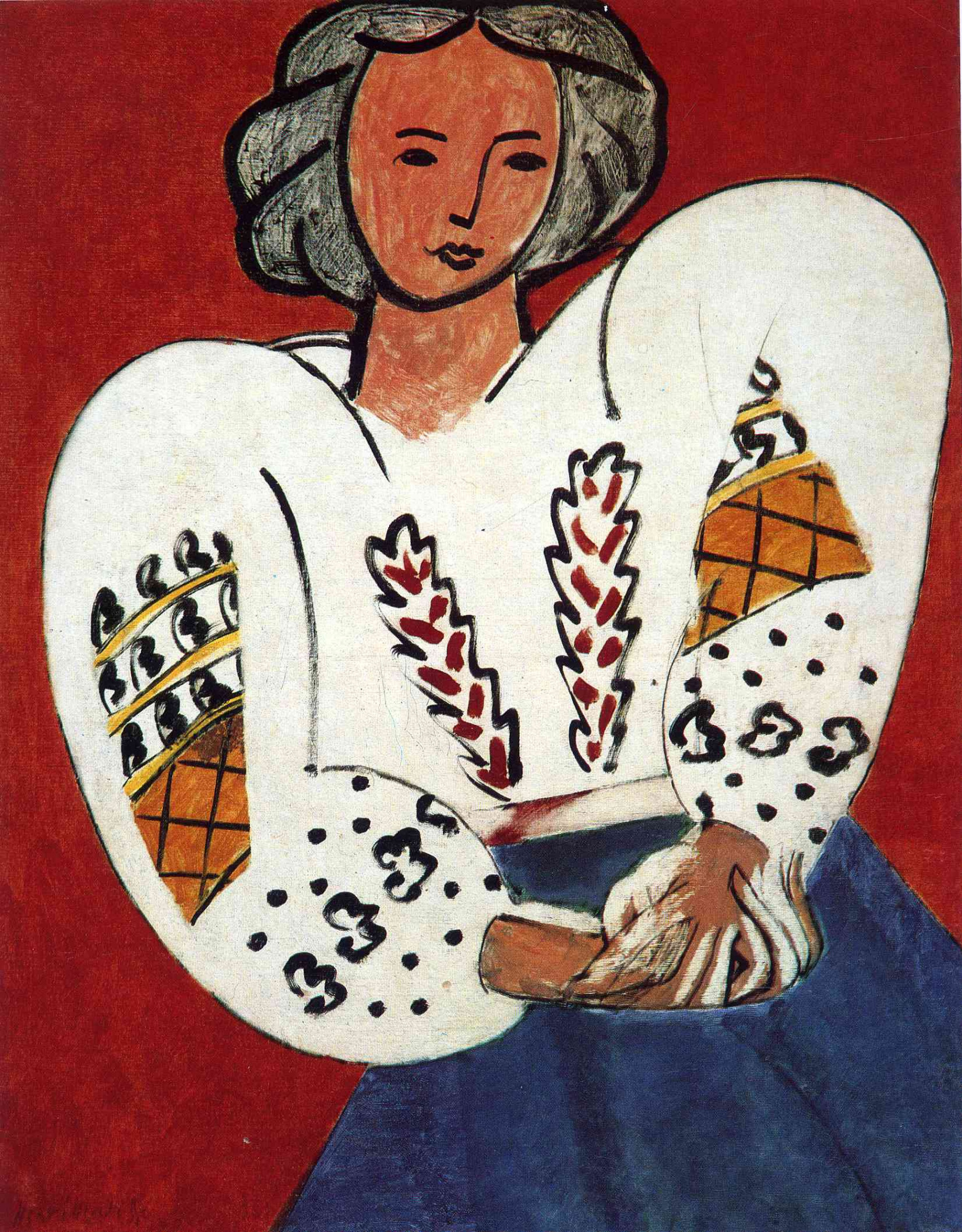Jean Jacques Pradier, a French sculptor, belonged to a family which had left France after the revocation of the edict of Nantes, was sent to Paris while yet a boy, studied under the sculptor Lemot, and received from Napoleon a small pension.
He gained a go...ld medal when 21 years of age, and the next year obtained by his "Philoctetes at Lemnos" the great prize of sculpture, which entitled him to a residence of four years in Italy at the expense of the government.
At the exhibition of 1819 a gold medal was awarded to him, and in 1827 he was elected a member of the academy of fine arts, to fill the seat left vacant by his master Lemot.
Among the most admired of his works are "Psyche", the "Three Graces", "Gyparissus", "Venus and Cupid", "The Bacchante and the Satyr", "Phryne", La poesie legere and the two muses which adorn the fountain of Moliere in Paris, "Industry" in the Paris exchange, "Liberty" in the former chamber of deputies, "Phidias" in the Tuileries garden, and statues of saints in several Paris churches.



















.jpg)

.jpg)




































